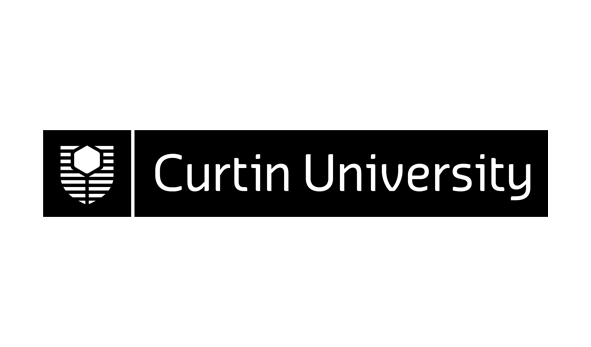312506 v.1 Physics Major (BSc Science)
Introduction
Students choose to study Physics because they are fascinated by fundamental questions about the physical structure and functions of the universe, what it consists of and how it works. Physics attempts to answer questions about things such as the intricate structure of matter and the nature of radiation and how they interact with each other. It also seeks to explain relationships between the smallest and largest structures, between forces, and energy in the Universe. Along the way students learn a large number of practical skills such as planning and conducting physical science experiments, real world computation and quantitative problem solving, and scientific communication, which find application in a wide range of careers.
Course Entry Requirements/Prerequisites
TEE Physics and Applicable Mathematics. TEE Calculus is desirable.
Specific Requirements
STAT is not acceptable for mature age entry but may be used to demonstrate English Competence requirements.
Duration and Availability
Three years full-time study or part-time equivalent.
Course Organisation
Students may pursue their interest in Physics by choosing the Physics single major or combining it with either the Chemistry or Applied Mathematics and Statistics Major. Students undertaking a single major in physics must also complete the Extended Physics Stream http://handbook.curtin.edu.au/courses/31/312507.html
Career Opportunities
Graduates enter careers in industry or government organisations in fields as diverse as Antarctic research, scientific data analysts, patents examination, materials characterisation, radiation monitoring, scientific military research, atmospheric and marine sciences, the environment, meteorology, science teachers, and in hospitals as medical physicists. Graduate may also undertake higher degrees by research in areas such as mathematical and computational physics, radio astronomy, nanotechnology and solidstate physics, marine science and technology, medical physics, and satellite and remote senesing.
Further Information
For more information contact the Future Students Centre on (08) 9266 1000, email futurestudents@curtin.edu.au or visit our website www.scieng.curtin.edu.au
| Course Structure | Hrs/Wk | Credit | |||
|---|---|---|---|---|---|
| Year 2 Semester 1 | |||||
| 8127 | v.6 | Advanced Calculus 201 | 4.0 | 25.0 | |
| 8142 | v.4 | Physics 201 | 4.0 | 25.0 | |
| 50.0 | |||||
| Year 2 Semester 2 | |||||
| 302390 | v.1 | Mathematical Methods 204 | 4.0 | 12.5 | |
| 312508 | v.1 | Waves and Oscillations 202 | 6.0 | 12.5 | |
| 8717 | v.6 | Electromagnetism 302 | 3.0 | 25.0 | |
| 50.0 | |||||
| Year 3 Semester 1 | |||||
| 9765 | v.4 | Quantum and Statistical Physics 301 | 4.0 | 25.0 | |
| SELECT OPTIONAL UNITS TO THE TOTAL VALUE OF: | 25.0 | ||||
| 50.0 | |||||
| Year 3 Semester 2 | |||||
| 11592 | v.3 | Solid State Physics 302 | 2.0 | 25.0 | |
| 312509 | v.1 | Physics 302 | 7.0 | 25.0 | |
| 50.0 | |||||
| Optional Units to Select from in Year 3 Semester 1 | Hrs/Wk | Credit | |||
| 12991 | v.2 | Physics Project 301 | 5.0 | 25.0 | |
| 12992 | v.3 | Physics Project 302 | 5.0 | 25.0 | |
| 305424 | v.1 | Electron Microscopy 301 | 4.0 | 25.0 | |
| 310267 | v.2 | Relativistic Astrophysics and Cosmology 301 | 4.0 | 25.0 | |
| 311829 | v.1 | Scientific Data Analysis 301 | 3.0 | 25.0 | |
| 7911 | v.7 | Applied Optics 302 | 2.0 | 12.5 | |
| 9809 | v.5 | Applied Physics 301 | 2.0 | 12.5 | |

